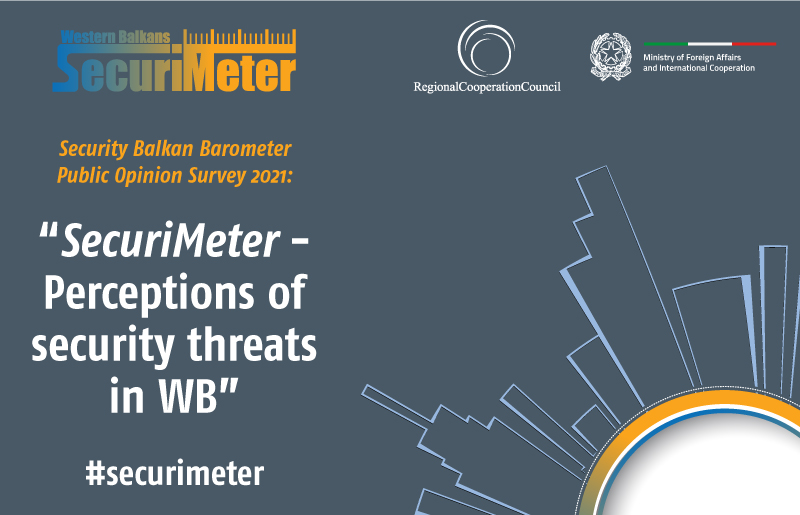- Home/
- News
How Crime Helps Finance Radical-Right Terrorism
Little research has been done on the financing of radical-right terrorist groups, especially when it comes to Germany. However, the finding within terrorism research that “money is the lifeblood of any organization, including the ones waging clandestine wars,” as Dipak K. Gupta puts it, also applies to terrorism on the far right.
Indeed, several financial sources for (West) German right-wing terrorism since the 1970s can be found: In some cases, sympathizers or activists themselves brought in their own private, personal assets, such as an inheritance or savings. Existing evidence indicates that the vast majority of right-wing terrorist groups financed their activities and underground life through crime, particularly bank robberies and theft — sometimes attaining considerable amounts of money.
The Hepp/Kexel Group, led by the neo-Nazis Odfried Hepp and Walther Kexel, active in the early 1980s, serves as an example. This was a well co-ordinated terrorist group with a pronounced political profile that systematically committed bank robberies to finance its activities. The main enemy was “US imperialism,” particularly the US troops deployed in West Germany.
The Hepp/Kexel was well equipped for the underground fight. When German authorities uncovered a weapons cache buried by the group, they found sawed-off shotguns, automatic weapons and pistols. Police also discovered US military uniforms, disguises and explosives in one of the group’s secret apartments. In its clandestine modus operandi, the group showed a degree of professionalism and conspiracy that has not been seen before in the right-wing scene. However, compared to the radical-right terrorist group Nationalsozialistischer Untergrund (NSU), which existed from 1998 until 2011, the Hepp/Kexel Group did not survive very long, having been tracked down by the police after just several months.
Members of the Hepp/Kexel Group committed five robberies between April and December 1982 in order to prepare for the terrorist bomb attacks that began in December of that year. Overall, the group captured the sizeable financial sum of around 635,000 Deutsche Marks ($349,000). Interestingly, some members also used the money for personal purposes, for example to pay private debts, buy luxury cars or to even go on holiday in Italy. Hence, it can be concluded that at least a part of the group had private motives for the robberies, which is not completely exceptional. However, after the second bank robbery, the leaders of the group decided that there would be a common coffer for weapons, travel and a fund for supporting their collective political goals.
The NSU took a similar road. Its core members, Uwe Bönhardt, Uwe Mundlos and Beate Zschäpe, started with bank robberies in 1998 and lived underground for two and a half years before committing their first racist murder. Altogether, the NSU members carried out at least 14 bank robberies and probably financed their life through that money. Most likely, they also received money from relatives and donations by far-right sympathizers. Between 1998 and 2011, the NSU terrorists attained more than half a million euros ($550,000). Police concluded from existing evidence that the money the NSU attained through its raids was used for financing rent, living expenses, travel, the preparation of terrorist attacks, rental cars and holidays.
Robberies, theft and other illegal activities were, as logistics crimes, essential features of far-right terrorism. Most right-wing terrorist groups in the history of the Federal Republic of Germany have planned or carried out bank robberies or similar crimes. The money flowed in order to maintain the underground and clandestine infrastructure of the terror group, to buy weapons and finance a life in hiding. Additionally, it was sometimes used to support the neo-Nazi movement: Some groups such as the Hepp/Kexel and the NSU decided to provide the far-right scene with money from bank robberies. This behavior points to the fact that these groups were surrounded by a network of supporters and confidants that was based in the militant neo-Nazi scene.
The leaders of the Hepp/Kexel Group especially strove for a central control of the money and for using it for political purposes. The NSU donated €500 to the editor of the neo-Nazi magazine Der Weisse Wolf (The White Wolf), whereupon the magazine printed a “Thank the NSU” passage in 2002.
The example of the Hepp/Kexel Group in particular demonstrates that the money was also spent for private purposes, such as holidays and luxury goods. It was common, too, that the money from a bank robbery was split into stakes for the perpetrators’ personal use. Furthermore, it is a striking feature that armed robberies were often the first crimes nascent right-wing violent extremist organizations carried out after deciding to take the terrorist “option.” This was, on the one hand, due to the necessity to finance daily life, infrastructure and weapons. On the other hand, these preparatory crimes created an aura of radicalism and ruthlessness. Therefore, criminal activities — also for the purpose of private gain — are not contradictory to the neo-Nazi ideology that subsists on the use of violence.
The will and the readiness to act violently, as well as the desire to cause harm, go along with the neo-Nazi intention to assure themselves of their own radicalism, as radical-right expert Robert Andreasch puts it. Therefore, even criminal actions by neo-Nazis should be regarded as a consequence of their ideology and contempt for mankind.
Author: Barbara Manthe [The Centre for Analysis of the Radical Right]
The views expressed in this article are the author’s own.
Source: Link



 Development of specialized PCVE web site is funded by EU FUNDS CN 2017-386/831 - "IPA II 2016 Regional Action on P/CVE in the Western Balkans"
Development of specialized PCVE web site is funded by EU FUNDS CN 2017-386/831 - "IPA II 2016 Regional Action on P/CVE in the Western Balkans"